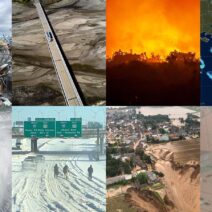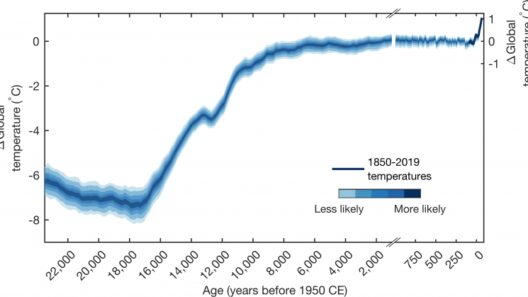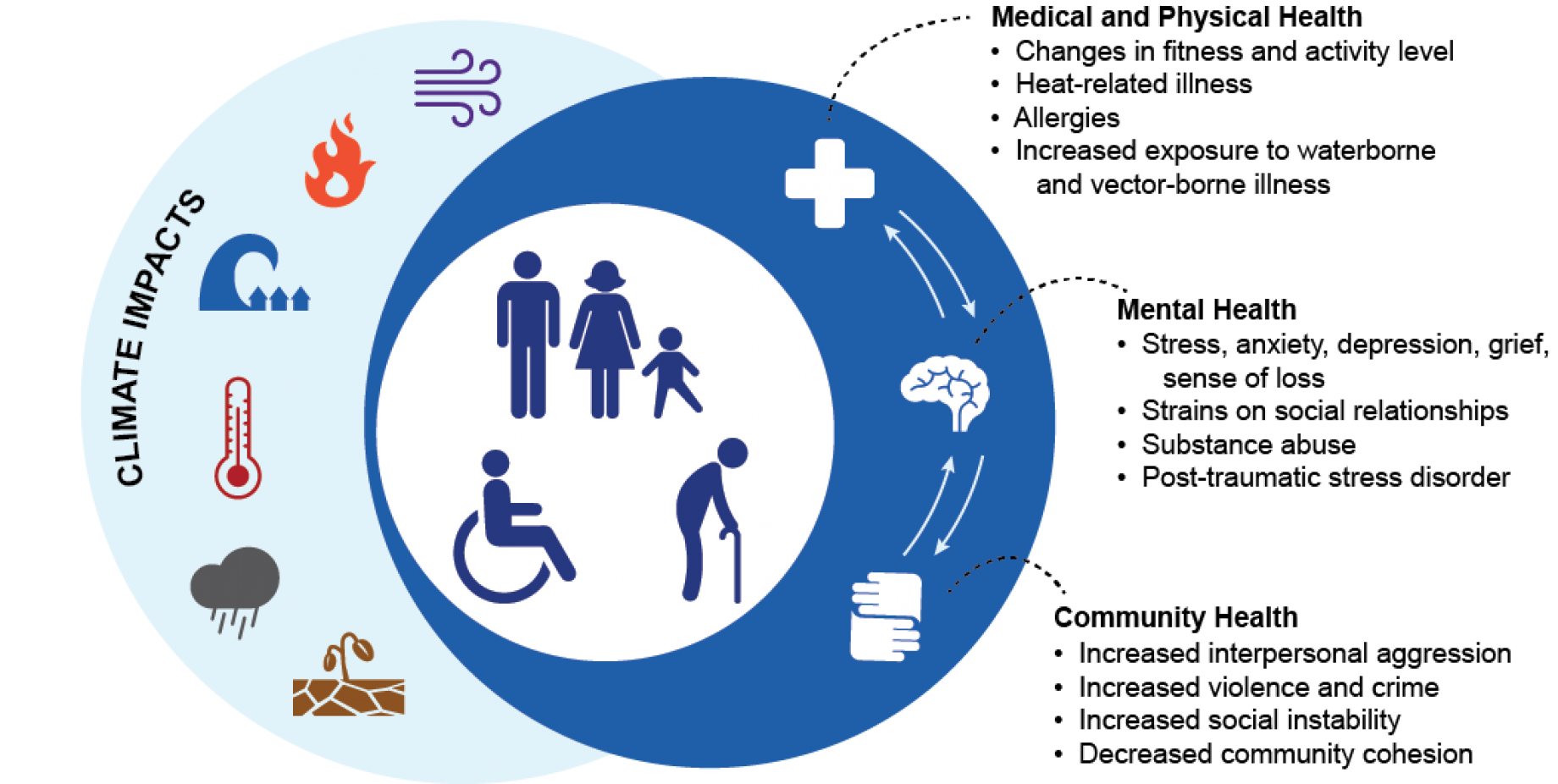The subject of global warming has transformed into one of the most critical issues facing humanity in the 21st century. The relentless rise in global temperatures, as a consequence of anthropogenic greenhouse gas emissions, has sparked concerns that have reverberated through scientific, political, and social spheres. To understand the present discourse on climate change, it is essential to delve into its historical context. The evolution of global warming concerns is marked by distinct phases that reflect the growing awareness and understanding of the environmental crisis.
The origins of global warming apprehensions date back to the 19th century. Scientific curiosity about the Earth’s atmosphere was kindled by the groundbreaking work of scientists such as John Tyndall, who, in 1859, discerned the greenhouse effect’s fundamental principles. His experiments unveiled how certain gases—primarily carbon dioxide and methane—trap heat within the atmosphere. This pioneering research laid the foundation for subsequent investigations into climatic shifts and their link to human activities.
As the Industrial Revolution took root, so did significant technological advancements, which inexorably escalated the consumption of fossil fuels. By the late 19th century, scientists like Svante Arrhenius began to postulate that the combustion of coal and oil would not only release carbon dioxide into the atmosphere but could also lead to a warming effect over time. His 1896 calculations suggested that doubling the concentration of carbon dioxide could raise the Earth’s temperature by several degrees Celsius. Though these ideas were initially met with skepticism, they triggered a nascent awareness of humanity’s potential impact on the climate.
The early 20th century saw sporadic scholarly debates on climate science, but the concept of global warming remained largely esoteric. It was not until the mid-20th century, amid post-war prosperity and an expanding scientific community, that concerns about climate began to gain traction. The establishment of the United Nations in 1945 catalyzed international dialogue on various global issues, including environmental degradation. Meanwhile, significant publications, such as the 1957 research led by scientist Gilbert Plass, began to advocate for a broader recognition of anthropogenic climate change, arguing that rising carbon dioxide levels would induce atmospheric alterations.
In the 1970s, public consciousness of environmental issues burgeoned, bolstered by the publication of key texts like Rachel Carson’s “Silent Spring,” which highlighted the deleterious effects of pesticides. This era heralded the first Earth Day in 1970, which mobilized millions and cemented environmental activism as a significant social movement. Concurrently, the scientific community began to consolidate research around global temperature patterns, resulting in seminal contributions, such as Roger Revelle’s work, which underscored the urgency of addressing rising carbon emissions.
The decade culminated in the first appearance of the term “global warming” in popular discourse. It was during this time that two pivotal events highlighted the escalating environmental crisis. The 1972 United Nations Conference on the Human Environment in Stockholm fostered international cooperation, while the Charney Report in 1979, issued by the National Academy of Sciences, presented compelling evidence that confirmed the scientific community’s consensus on climate change—a topic increasingly difficult to ignore.
As society transitioned into the 1980s, so did the sophistication of climate models and predictive methodologies. Attention shifted toward understanding the interplay between industrial activity, greenhouse gas concentration, and global temperatures. In 1988, the Intergovernmental Panel on Climate Change (IPCC) was established, providing a structured approach to assess and synthesize scientific literature related to climate change. The IPCC’s findings brought greater urgency to the dialogue surrounding global warming and facilitated international negotiations.
The 1990s were characterized by the formation of the United Nations Framework Convention on Climate Change (UNFCCC) during the Rio Earth Summit in 1992. This momentous gathering brought together world leaders to tackle climate concerns and resulted in commitments to reduce greenhouse gas emissions. The ensuing Kyoto Protocol in 1997 symbolized a pivotal moment in recognizing the need for international policy to combat climate change, albeit with varying degrees of commitment among developed and developing nations.
The turn of the 21st century brought both advancements and setbacks in the global response to climate change. The 2006 documentary “An Inconvenient Truth,” featuring the advocacy of former Vice President Al Gore, propelled climate awareness into mainstream consciousness. As public interest surged, climate change manifestations became increasingly undeniable; catastrophic weather events, rising sea levels, and diminishing polar ice caps captured headlines worldwide. By 2015, the Paris Agreement reflected a collective commitment to combat global warming, with nations uniting to limit temperature increases to 1.5 degrees Celsius above pre-industrial levels.
Yet, challenges abound in realizing these aspirations. The accelerated pace of industrialization in developing countries, coupled with political hesitations in established economies, complicates global efforts. Moreover, the dissemination of misinformation further clouds public understanding of climate science. Amid this uncertainty, the role of citizens and grassroots movements has never been more critical. Public outcry, scientific advocacy, and collective action are indispensable to hold governments and corporations accountable.
In conclusion, the concerns around global warming have evolved from a flicker of scientific inquiry in the 19th century to a formidable global agenda in the 21st century. Understanding this trajectory reveals the complexities of human impact on the climate and the urgent necessity for collective action. As we move forward, continuous engagement with the science, policy mechanisms, and grassroots activism will be paramount in tackling one of the most formidable challenges of our time. The journey is far from over, and the earth’s future hangs in the balance.








